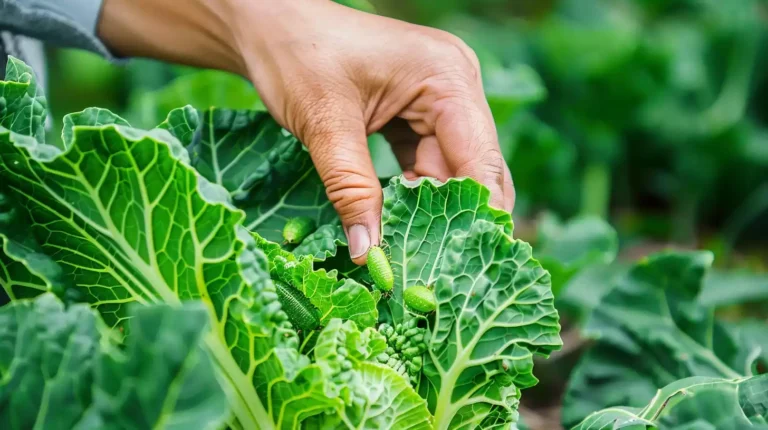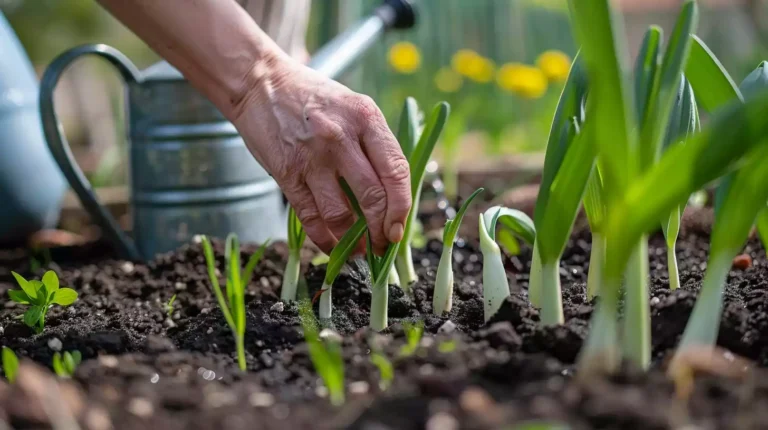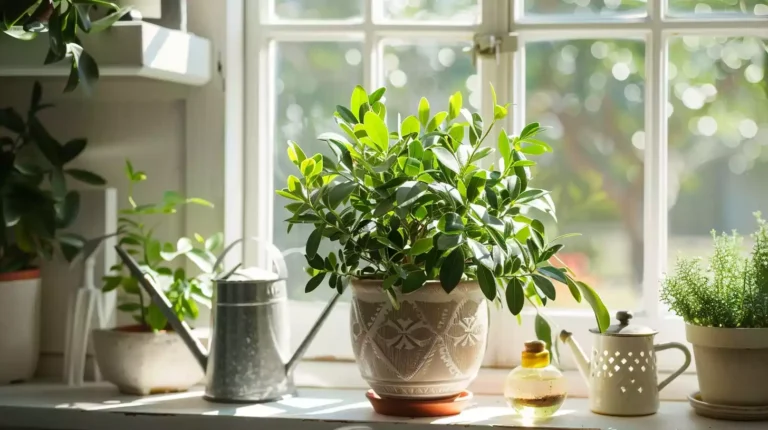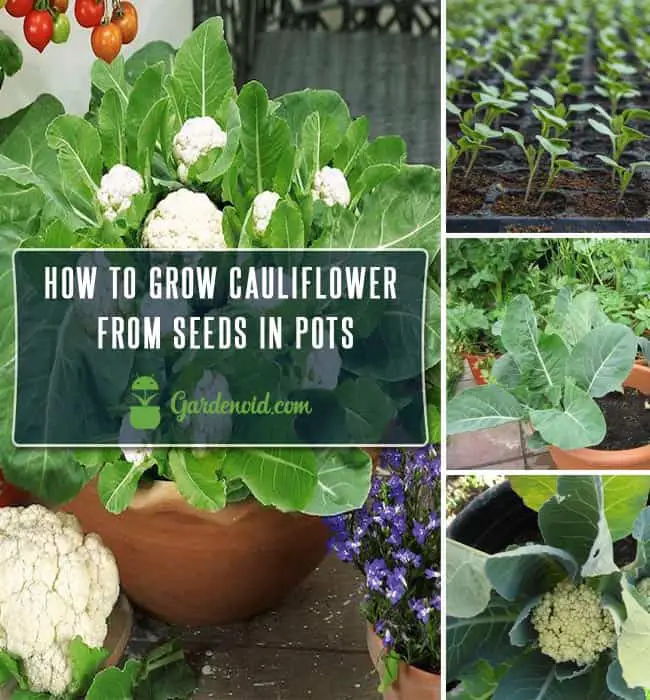How To Grow Cilantro At Home: Cilantro Planting Guide
Cultivating cilantro at home is straightforward and fulfilling. Guarantee your cilantro receives 6-8 hours of sunlight daily in well-draining soil with pH 6.2-6.8. Water weekly, adjusting based on weather conditions.
Trim yellow leaves and prevent bolting by trimming stems. Harvest regularly to relish fresh flavors. Combat pests naturally and monitor for diseases. For indoor cilantro, provide indirect sunlight and humidity. Maintain at 50-75°F and ensure good drainage. Store fresh cilantro in the fridge or freeze for later use.
Main Points Covered Below
- Provide 6-8 hours of sunlight daily.
- Use well-draining soil with pH 6.2-6.8.
- Water once a week, adjust based on weather.
- Sow sparingly, cover lightly for germination.
- Maintain consistent moisture, prevent overwatering.
Ideal Growing Conditions
To guarantee successful cilantro growth, maintaining ideal conditions is essential. Cilantro thrives in cooler temperatures ranging from 60-70°F, ensuring prime growth and flavor.
Adequate sunlight exposure is vital, with up to 8 hours of daily sunlight needed for healthy development. When it comes to moisture, the soil must be kept at proper levels to prevent issues like root rot. Good drainage is equally significant to avoid waterlogging, which can attract pests and lead to mildew problems.
By ensuring the right balance of sunlight, moisture, and soil drainage, you set the stage for robust cilantro growth. Remember, creating the perfect environment for your cilantro plants won’t only help them flourish but also enhance the flavor of your dishes.
Soil Preparation
When preparing the soil for growing cilantro, it’s important to make sure it’s well-drained and within the ideal pH range of 6.2-6.8.
Adding compost won’t only improve the soil quality but also supply the necessary nutrients for your cilantro plants to flourish.
Soil Quality
Improving the soil quality for growing cilantro involves incorporating compost to provide essential nutrients and maintaining proper moisture levels.
Ensuring the soil has good drainage is vital to prevent issues like root rot. Cilantro thrives best in well-drained soil with a pH range of 6.2-6.8 for best growth.
Here is a helpful table summarizing the key points for enhancing soil quality:
| Key Aspect | Description |
|---|---|
| Soil Quality | Well-drained, pH 6.2-6.8 |
| Compost | Essential for providing nutrients |
| Moisture Levels | Consistent moisture is preferred |
| Drainage | Prevents waterlogging issues |
| Healthy Plants | Proper soil preparation for thriving cilantro |
Drainage Needs
Ensuring proper drainage in the soil is essential for successful cilantro cultivation, preventing issues like waterlogging and root rot. Good drainage is vital to keep the soil moist but not waterlogged, striking the right balance for healthy plant growth. It helps prevent problems like soil compaction, ensuring oxygen reaches the roots for ideal root development.
To enhance drainage, incorporating organic matter such as compost can improve soil structure, providing a favorable environment for cilantro roots to thrive. By maintaining good drainage, you can prevent waterlogging, allowing cilantro plants to access nutrients efficiently and grow vigorously.
Planting Cilantro Seeds
To successfully plant cilantro seeds, make sure you use well-draining soil with a pH level between 6.2 and 6.8 for best growth. When planting, remember to sow the seeds sparingly and cover them lightly, as cilantro seeds take around 14-21 days to germinate.
Cilantro enjoys cooler temperatures ranging from 60-70°F, so keep it away from excessive heat to prevent bitterness and bolting. Necessary sunlight is also vital, with at least 4 hours of sun exposure daily for ideal growth.
After planting, water the cilantro seeds lightly, ensuring the soil stays consistently moist without overwatering. This delicate balance is key to support the seeds as they sprout and develop into flavorful cilantro plants.
By providing the right soil conditions, temperature, sunlight, and water, you’ll set your cilantro seeds on the path to flourishing.
Watering and Drainage
I water my cilantro plants once a week to keep them healthy, making sure the soil drains well to avoid root rot.
When I see water seeping out of the bottom of the pot, I know it’s time to stop watering. Overwatering can invite pests and diseases, so I pay close attention to maintaining the right balance.
Proper Watering Frequency
Maintaining adequate moisture levels in the soil is essential for the successful growth of cilantro plants.
Here are three key points to contemplate for proper watering frequency:
- Monitor Weather Conditions: Adjust watering frequency based on the weather conditions. During hot and dry periods, cilantro may need more frequent watering to keep the soil moist.
- Check Humidity Levels: Be mindful of humidity levels in your area. In high humidity, the soil might retain moisture longer, requiring less frequent watering to prevent waterlogged conditions.
- Observe Drainage: Guarantee proper drainage to prevent water accumulation, which can lead to root rot. Stop watering when excess water starts to seep out from the drainage holes to avoid overwatering.
Maintaining a balance of moisture is key to healthy cilantro growth.
Importance of Drainage
Proper drainage plays an essential role in the successful cultivation of cilantro plants, ensuring they remain healthy and free from water-related issues. Good drainage is vital for cilantro plants because they dislike sitting in waterlogged soil. Inadequate drainage can lead to problems like root rot, mildew, and attract pests such as aphids.
To promote healthy growth, aim for moist soil that allows excess water to drain out easily, preventing waterlogging. This approach helps maintain the health of cilantro roots and overall plant vigor.
By monitoring soil moisture levels and ensuring proper drainage, you can prevent common issues in cilantro plants, keeping them thriving and vibrant.
Prioritizing drainage is a key aspect of successful cilantro cultivation.
Avoid Overwatering Mistakes
To prevent overwatering mistakes and guarantee healthy cilantro growth, monitoring soil moisture levels is crucial. Here are three key points to help you maintain the right watering balance for your cilantro when potting indoors:
- Check the soil: Make sure the top inch of soil is dry before watering to avoid waterlogging.
- Use well-draining pots: Choose containers with drainage holes to prevent moisture buildup and potential root rot.
- Observe plant response: Watch for signs of overwatering such as wilting or yellowing leaves, adjusting your watering schedule accordingly.
Sunlight Requirements
Ensuring cilantro receives a minimum of 6 to 8 hours of direct sunlight daily is essential for its best growth. Adequate sunlight is pivotal for the healthy development of the cilantro plant, as it helps prevent leggy and weak plants while enhancing its flavor profile.
Without enough sunlight, cilantro may struggle to thrive, resulting in less robust foliage and a weaker taste, finally impacting its culinary use. Inadequate sunlight can even cause cilantro to bolt or flower prematurely, diminishing the quality of the leaves.
To illustrate the significance of sunlight for cilantro growth, consider the following table:
| Sunlight Hours | Growth Quality | Flavor Intensity |
|---|---|---|
| 4-6 hours | Leggy, weak plants | Less pronounced |
| 6-8 hours | Ideal growth | Enhanced |
| 8+ hours | Robust, healthy | Rich and vibrant |
Pruning and Maintenance
When caring for your cilantro plant, remember to employ proper pruning techniques to encourage healthy growth.
Regularly water your plant to keep the soil moist but not waterlogged.
Also, it’s important to monitor your cilantro for pests that may hinder its development.
Proper Pruning Techniques
Regularly pruning your cilantro plants is important for promoting healthy growth and maintaining peak flavor in the leaves.
Here are three key techniques to guarantee your cilantro thrives:
- Encourage Bushier Growth: Trim the top third of the plant to stimulate it to grow more compact and bushy, leading to a fuller plant with abundant leaves.
- Remove Yellowing Leaves: Regularly check for and eliminate any yellowing or damaged leaves to keep the plant healthy and vibrant.
- Prevent Flowering: Trim stems at the base or above growth nodes to prevent the plant from flowering. Flowering can negatively impact the flavor of the leaves, so keeping the plant trimmed is essential for tasty cilantro.
Regular Watering Schedule
To maintain healthy cilantro plants, it’s important to establish a consistent watering schedule that guarantees the soil remains moist but not waterlogged. Aim to provide about 1 inch of water per week to keep your cilantro thriving. It’s vital to avoid overwatering, as this can lead to root rot and other issues.
By maintaining a regular pruning routine, such as cutting back top stems or picking individual leaves, you can promote new growth and maintain your cilantro stays vibrant.
Proper watering is key to prevent wilting and sustain the health of your plant.
Monitor for Pests
As I examine my cilantro plants, I diligently trim away any damaged or diseased parts to promote healthy growth and deter potential pest infestations.
Here are three crucial steps to monitor for pests and maintain your cilantro plants effectively:
- Trim Regularly: Keep your cilantro plants in top condition by regularly removing any dead or yellowing leaves to prevent disease spread and maintain plant vigor.
- Common Pests: Watch out for common pests like aphids and caterpillars that can harm your cilantro. Early detection and removal can help prevent extensive damage.
- Practice Good Maintenance: Ensure your cilantro beds are free of weeds and debris that can attract pests and diseases. Maintaining a clean environment around your plants is crucial to preventing infestations.
Harvesting Cilantro
When harvesting cilantro, start by trimming the outer leaves and stems to encourage new growth. It’s important to promote the plant’s vitality by cutting off the top stems or picking leaves individually.
If you’re interested in harvesting seeds for coriander, simply snip off the seed heads and store them in a paper bag for later use.
Regularly harvesting cilantro not only maintains its freshness but also enhances its flavor for various culinary delights. The herb is a versatile ingredient, adding a burst of freshness to dishes like salsa, chutneys, curries, and Mexican cuisine.
By ensuring you harvest cilantro correctly, you can enjoy its vibrant flavor profiles in your favorite recipes. Harvesting cilantro can be a rewarding experience, especially when you see the new growth that results from your efforts.
Pests and Diseases
After ensuring a successful harvest of cilantro, addressing potential pests and diseases becomes imperative to maintain the plant’s health and vigor.
Here are some essential tips to combat common issues:
- Combat Pests Organically: Utilize beneficial insects like ladybugs to control aphids and caterpillars. In cases where pests are persistent, consider using insecticidal soap as an organic solution.
- Prevent Fungal Diseases: Keep an eye out for powdery mildew and root rot by ensuring proper spacing between plants and providing adequate drainage by having drainage holes in your containers. These steps can help prevent the development of these fungal diseases.
- Regular Monitoring: Regularly inspect your cilantro plants for any signs of pests or diseases. Early detection can make a significant difference in addressing issues promptly and effectively. Additionally, pruning and trimming your cilantro plants can improve air circulation, reducing the risk of diseases like leaf spots.
Indoor Cilantro Care
To cultivate healthy indoor cilantro, prioritizing proper lighting and humidity levels is essential for robust growth. Indoor cilantro thrives with up to 8 hours of indirect sunlight daily, so choose a bright spot near a window.
Maintaining significant humidity levels is vital for healthy growth, so consider using a humidity tray or a room humidifier to create an ideal environment. Temperature control is also key; aim for a range between 50-75°F to prevent cilantro from bolting prematurely.
When planting indoors, opt for containers with good drainage and enough depth for the cilantro roots to spread comfortably. If you’re starting from seeds, a greenhouse setup can provide the perfect conditions for germination.
Are there any health benefits to growing cilantro at home?
Growing cilantro and other Mediterranean herbs at home can offer numerous health benefits. These herbs are packed with antioxidants, vitamins, and minerals that can boost your immune system and aid in digestion. Following Mediterranean herb growing tips can help ensure a successful and bountiful harvest, bringing fresh and flavorful herbs to your kitchen.
Storage and Use
For optimal freshness and convenience, storing cilantro properly is crucial in maximizing its shelf life and culinary value.
Here are some tips to help you make the most of your fresh cilantro:
- Store Fresh Cilantro: Keep it in the refrigerator, similar to a bouquet of flowers, to maintain its freshness for longer periods.
- Freeze Cilantro: Prolong its shelf life by washing, drying, chopping, and freezing it in ice cube trays for long-term storage, guaranteeing you always have some on hand for your favorite dishes.
- Harvest Cilantro Seeds: Snip off the seed heads and store them in a paper bag for future use in cooking or for growing more cilantro plants.
Using cilantro in various dishes like salsa, chutneys, curries, and Mexican cuisine can add a burst of flavor.
Remember to continuously harvest cilantro leaves to encourage new growth and ensure a fresh supply for your culinary adventures.







Really digging this article on cilantro care, Kathleen! My cilantro always ends up bolting too soon. Gonna try these tips out.
The detailed section on soil preparation aligns well with what I’ve learned through trial and error. For those struggling with drainage, adding perlite or vermiculite can make a significant difference. Another aspect that’s often overlooked is the pH level of the soil, which can greatly impact cilantro’s absorption of nutrients.
Thanks for the tips, GardenGuru44! How do you test the pH level? I’m new to this and want to make sure I’m doing everything right.
Great, more ways to grow soap. Just what I needed.
does cilantro need lots of sun asking for a friend lol
I appreciate the emphasis on avoiding overwatering, but you didn’t mention the signs of underwatering. For cilantro, drooping leaves can be a clear indicator. It’s important for readers to balance this care.
Kathleen, your section on harvesting cilantro was particularly well done. It’s crucial to harvest at the right time to maximize flavor and medicinal benefits. For those interested, cilantro can also be used to support digestive health. Would love to see more on herb gardening in future articles.
Herbalista_jane, got any tips for using cilantro in digestive health?
try adding fresh cilantro to dishes or making a tea with the leaves. It’s gentle and effective.
Never knew I could grow cilantro indoors! This is a game changer for my tiny apartment garden. Thanks for the tips!